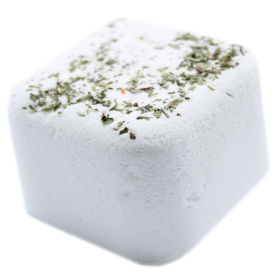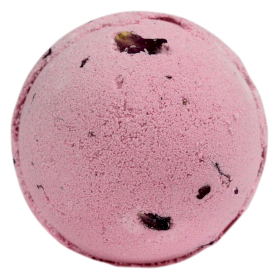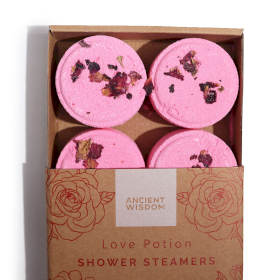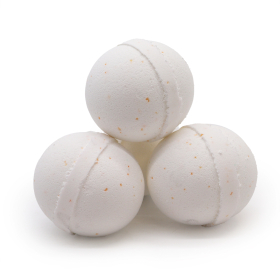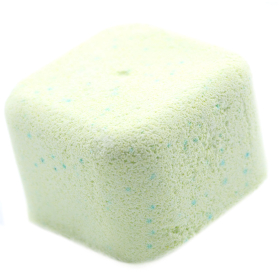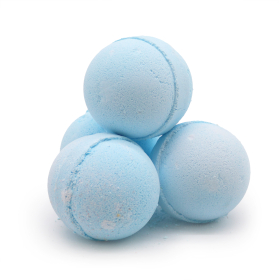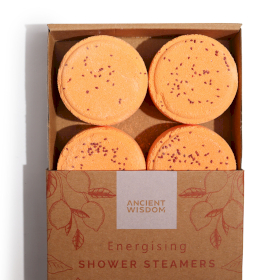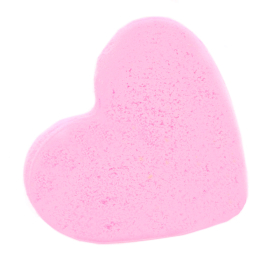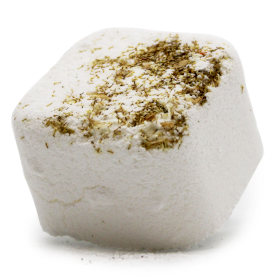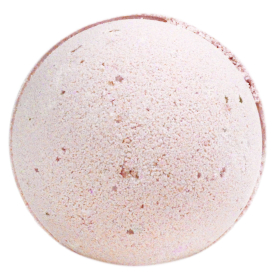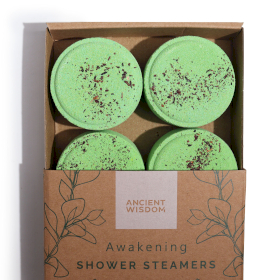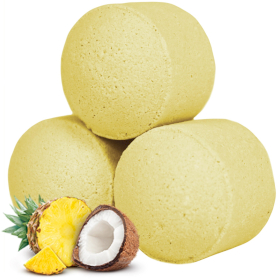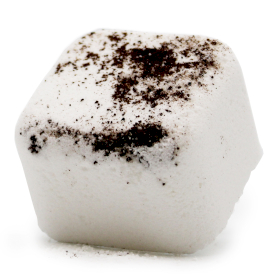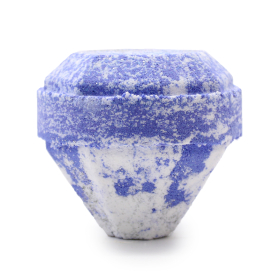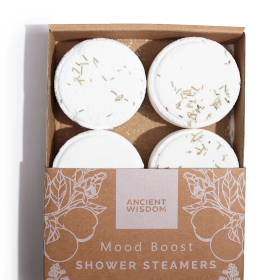Shower Steamers vs Bath Bombs: What’s the Difference and Why You Should Stock Both
The UK bath and body care market is evolving fast, and two products are at the heart of this shift: bath bombs and shower steamers. While they may seem similar at first glance, they actually serve very different purposes and appeal to different types of customers.
Understanding the key differences between these products—and how their popularity changes with the seasons—can help retailers like you make better stocking decisions, create more versatile product ranges, and respond to what UK consumers are really looking for.
Bath or Shower? A Snapshot of UK Homes
In the UK, around 57% of households have a bathtub. The rest rely exclusively on showers. The trend is especially clear in urban areas and among younger demographics. Many new-build flats and modern homes are designed with walk-in showers only, prioritising space and speed over traditional bathtubs.
That shift has a direct impact on product choice. A customer without a tub may admire a beautifully scented bath bomb, but they won’t buy it. For them, shower steamers are the practical alternative—offering the same self-care ritual, but tailored for modern bathrooms.
On the other hand, for households with a tub, bath bombs remain a much-loved classic, particularly among families, wellness lovers, and gift shoppers.
How the Seasons Shape Buying Habits
Bathing habits are heavily influenced by the seasons. During the winter months, UK consumers are more likely to take long, warming baths to unwind and escape the cold. Retailers often see a surge in bath bomb sales between October and January, not only for personal use but also as part of the holiday gifting season.
Shower steamers, by contrast, show steady performance throughout the year. Their convenience, practicality, and mood-boosting aromatherapy benefits make them a reliable seller across all seasons. However, they do experience heightened interest in spring and summer, when quick, refreshing showers become more appealing. Scents like peppermint, eucalyptus, or citrus are especially in demand during warmer months.
From a retail perspective, this makes bath bombs a strong seasonal item, while shower steamers are ideal for year-round sales—with added potential for cross-seasonal promotions.
57% of British households have a bathtub
Ingredients: Similar Bases, Different Benefits
While both bath bombs and shower steamers share a similar base of sodium bicarbonate and citric acid—which is what causes the fizzing effect when water hits—they serve very different purposes and therefore contain different types of additives.
Bath bombs typically include oils, butters, flower petals, and skin-softening agents. Their goal is to nourish the skin and promote a sensory, relaxing bath experience. They are often gentle and soothing, suitable for sensitive skin if formulated properly.
Shower steamers, on the other hand, don’t need skin-friendly ingredients, as they are not meant to come into direct contact with the body. Instead, they are more concentrated in essential oils, designed to release scent through steam. This makes them a powerful delivery method for aromatherapy, often with blends targeted to improve mood, reduce stress, or clear the sinuses.
Wellness, Gifting, and Eco Trends
In recent years, the UK self-care and wellness market has seen rapid growth. In fact, the UK beauty and personal care market is projected to reach £13.6 billion in 2025, with wellness-driven products taking up an increasing share.
Customers are also becoming more conscious of ingredients and packaging. Products that are vegan, handmade, or plastic-free—as many bath bombs and shower steamers are—are increasingly appealing to eco-aware shoppers.
Both products shine in the gifting category, particularly during peak seasons such as Christmas, Valentine's Day, and Mother's Day. Creating bath/shower gift sets is a powerful way to drive higher basket value and appeal to indecisive gift buyers.
Why Your Business Should Stock Both
The key takeaway for retailers is simple: these products are not mutually exclusive—they complement each other.
By offering both bath bombs and shower steamers, you cater to different types of customers. Some want a long soak, others prefer a quick, energising shower. Some households have bathtubs; others don’t. Some customers may use bath bombs in the evening and shower steamers in the morning. Stocking both means you’re covering all of these preferences.
There’s also a significant opportunity in bundling. Retailers can create gift sets that include both products—perfect for shoppers who don’t know what the recipient prefers. You also give consumers a chance to explore both options, potentially increasing basket value and encouraging repeat purchases.
In terms of visual merchandising, the two formats complement each other beautifully. Bath bombs add colour and softness to a display; shower steamers add a modern, functional edge. Both appeal strongly to the wellness, gifting, and pampering markets.
Final Thoughts
As the wellness trend continues to grow in the UK, customers are looking for easy and affordable ways to bring moments of calm into their routines. Whether it’s a relaxing bath at the end of a long day or a quick mood-boosting shower before work, both bath bombs and shower steamers meet the modern consumer’s need for self-care.
For retailers, the message is clear: this is not an either/or decision. Offering both products allows you to reach a wider audience, adapt to seasonal buying habits, and keep your inventory relevant in an evolving market.
In today’s competitive retail landscape, flexibility and variety are key. By stocking both bath bombs and shower steamers, you’re giving your customers options—and that’s exactly what today’s shoppers expect.
